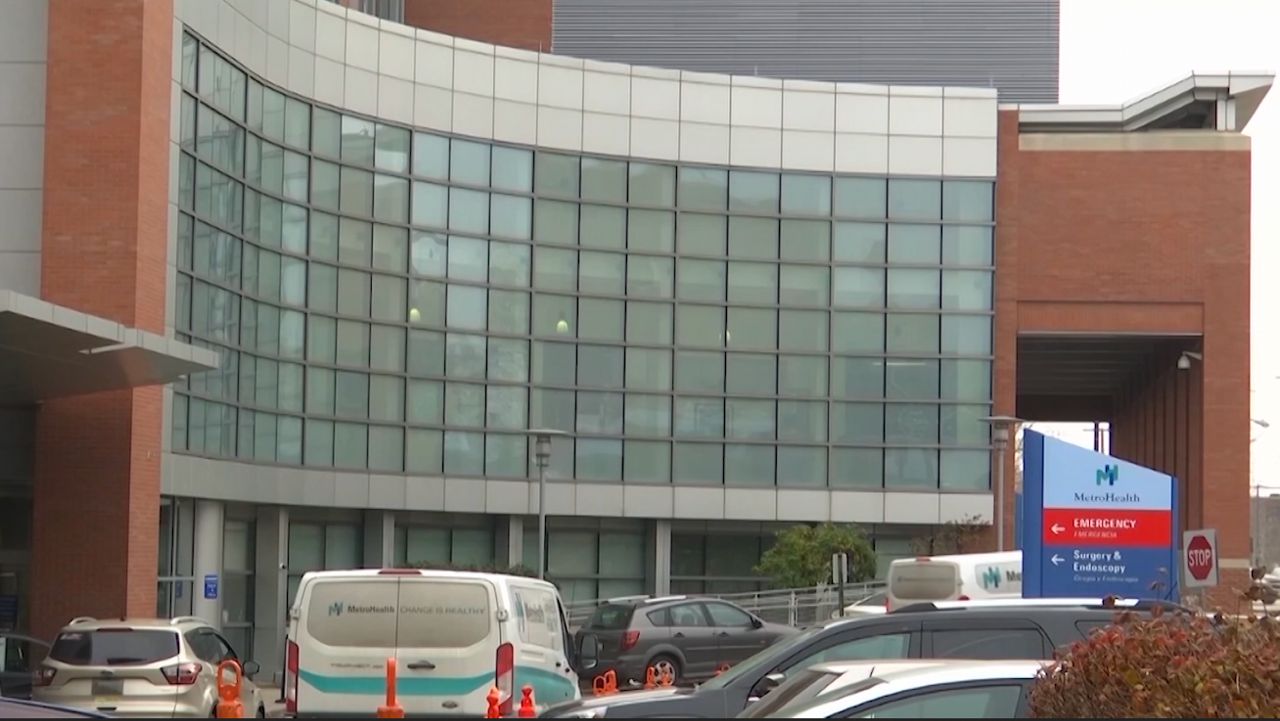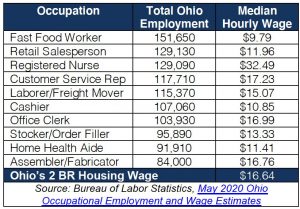AKRON, Ohio — With a foot of snowfall projected to fall in northeast Ohio over the next couple days along with ice accumulation and high winds, Akron officials are prepping to make sure roads remain passable throughout the storm.
The National Weather Service predicts hazardous road conditions with blowing snow falling hardest on Thursday. The weather service’s Winter Storm Warning goes into effect at 10 p.m. Wednesday night and runs through 7 a.m. Friday.
In Akron, the city’s emergency parking ban went into effect sooner than it normally would, running 4 p.m. Wednesday through 7 a.m. Friday. The city issued the earlier notification to allow for increased participation in getting vehicles off the streets, the city said.
The city said it will service all roads, so service requests do not need to be submitted.
The parking ban is common sense, said Ward 2 Councilman Phil Lombardo, who fields lots of calls after snow events.
“We’re just asking residents to please remove your car from the street so a snow-plow truck can quickly do street after street after street,” he said. “That truck could be buzzing right down one side and up the other, but if the truck has to constantly go around all these obstacles, it obviously slows down the production.”
The earlier parking ban is also part of the city’s “five-point improvement strategy,” which was launched in 2019 following a snowstorm akin to the one bearing down on the region now.
Many residents likely recall that January storm named winter storm Harper, which dumped about 15-inches of snow on the region. It’s memorable in Akron because many side streets and some main roads remained impassable for days.
The city’s slow response elicited widespread ire expressed on social media and via the city’s 3-1-1 information line, which crashed under the crush of calls, the city said. The debacle caused the administration to issue a public apology and announce creation of an ice and snow commission to study what happened and determine how the city could do better.
Following that storm, the city purchased 11 salt spreaders and 13 plows to affix to existing trucks, many of which are among the roughly 60 trucks in service now, said Jim Hall, Akron’s public works bureau manager.
The city also placed an order for new equipment — 10 new five-ton trucks with snow and ice equipment and seven new one-ton trucks with snow and ice equipment — which is delayed because of supply-chain issues related to the pandemic, Hall said.
This snow event is not without other challenges, Hall said.
Since the storm hit two weeks ago, many of the city’s existing snow and ice removal trucks have operated continuously, he said, making a trek that’s tantamount to driving from Akron to Los Angeles and back — twice.
“So it’s definitely hard work for them,” Hall said.
Another factor that could have an impact on snow removal is that the city can’t apply the brine solution it normally puts down before a storm, because the rain preceding this storm would wash it away.
The city’s plan is to pretreat the streets with rock salt as soon as the rain begins to let up, systematically continuing that process until it’s time to respond to the snowstorm, he said.
“So we’re going to take advantage of the rain and those conditions to turn that salt into brine,” he said.
This weather event also is a bit of an unknown because storms with a lot of snow usually have little ice and vice versa, but this storm could go either way, Hall said.
“It’s looking like as soon as that wind direction goes from the south to coming from the north, that’s going to be that changeover point where it’s going to be either sleet or ice,” he said. “That’s kind of what we’re keeping an eye on, knowing how many hours out we’ve got to start our process to get through it.”
The rain also could cause ice melt to block storm-sewer drains, which is another reason the city issued the earlier parking ban.
Getting vehicles off the streets in a storm also protects them plows and other vehicles sliding into them, Hall said. Salt trucks and snow plows drive fairly slowly for a number of reasons, not the least of which is safety.
The city wants drivers to bear that in mind when they’re sharing the road with these trucks, he said.
“They’re actually people inside these trucks who have families,” Hall said. “They’re just trying to do their job and do their best. I think sometimes people kind of forget that and they get mad at the plow truck and forget that there’s a human in there.”




